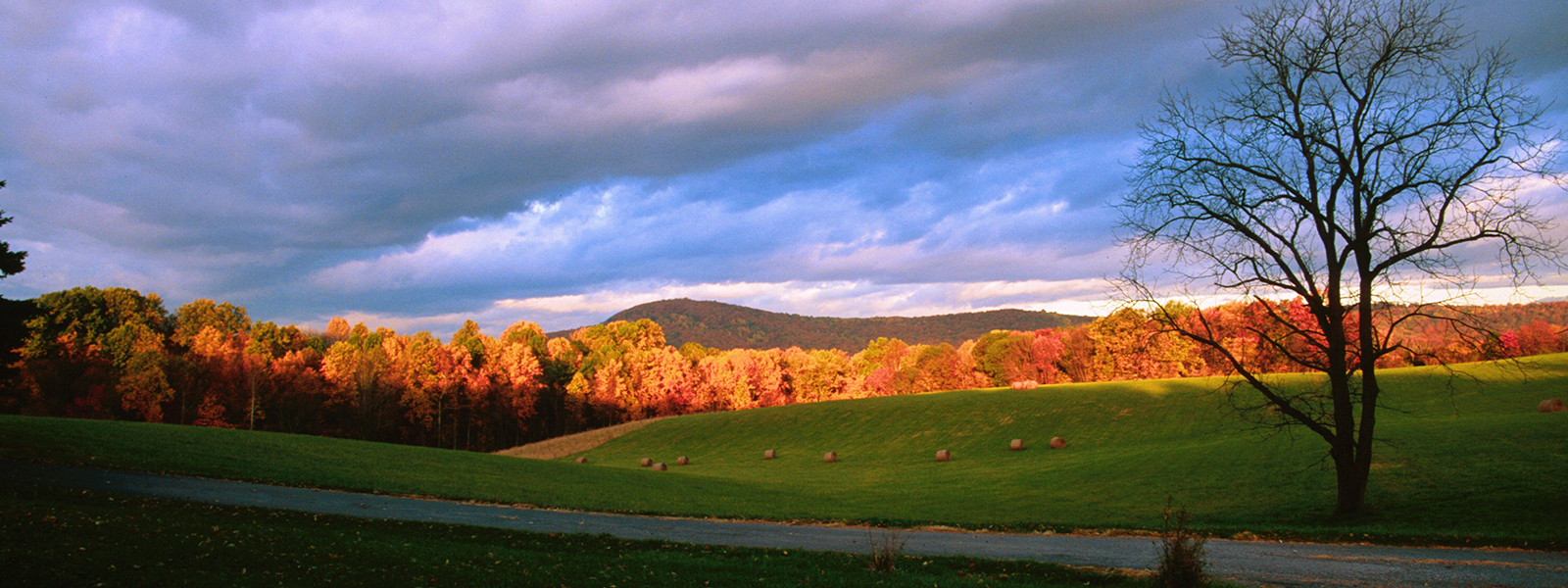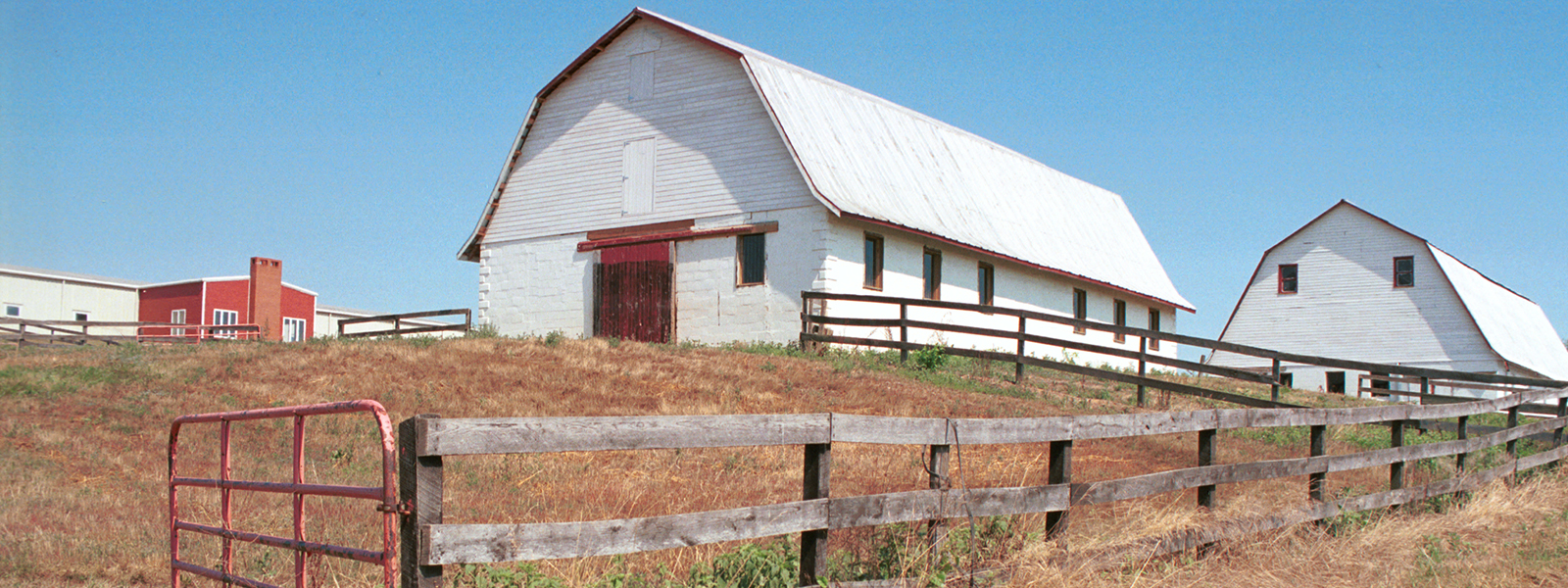
APA Planning Landmark Award
This award recognizes a planning initiative at least 25 years old that is historically significant and initiated a new direction in planning. The Montgomery County Planning Department was the only recipient of the APA Planning Landmark Award in 2017.
Montgomery County’s 93,000-acre Agricultural Reserve, established in 1980, is significant as one of the most famous, most studied and most emulated programs of its kind in the United States. Counties around the country, in states from California to Connecticut, have followed the Agricultural Reserve model and adopted its development transfer tools to preserve farmland and limit development.
The APA awards jury recognized the Ag Reserve’s success at preserving more than a quarter of Montgomery County as a contiguous rural area, while providing an economic benefit to farmers by allowing the sale of density through a transferable development rights program.
Background on the Agricultural Reserve
The Agricultural Reserve was conceived with the Agricultural and Rural Open Space Master Plan in 1980 to prevent sprawl, protect farmland and manage growth. This effort was initiated by former Planning Director Richard Tustian and former Planning Board Chair Royce Hanson, and supported by the County Council.
Key to the success of the Agricultural Reserve was the creation of the Rural Density Transfer Zone. Whereas new residential development had been allowed at the rate of one house per 5 acres, the new zone lowered the density to one house per 25 acres. The creation of a transferable development right (TDR) allows landowners to recover the value of equity in their land without having to sell it. A TDR can be sold to someone who wants to build in designated areas of the county at a greater density than would otherwise be allowed in the zone. To date, about 10,000 TDRs have been created and 7,000 sold. These transactions help farmers weather the vicissitudes of farming, while also letting developers meet growing demand for more housing in areas served by existing infrastructure.
In 2008, the Building Lot Termination Program (BLT) was established to further preserve agricultural land. Before this program, farmers had been encouraged to keep one TDR per 25 acres so that they could build a house on the property. Creating a BLT easement takes that last right away, meaning the parcel will remain completely undeveloped. The BLT easement provides additional compensation to landowners who agree to forgo their development rights and terminate the waste disposal system associated with the lot.
These tools, along with a sustained commitment to agriculture, have helped retain 540 farms that contribute millions of dollars to Montgomery County’s economy. Of the 93,000 acres in the Agricultural Reserve, 63,493 acres are devoted to farming. The Agricultural Reserve is a notable achievement in an area so close to the nation’s capital, where development pressure remains intense.
Learn more about Montgomery County’s Agricultural Reserve.


